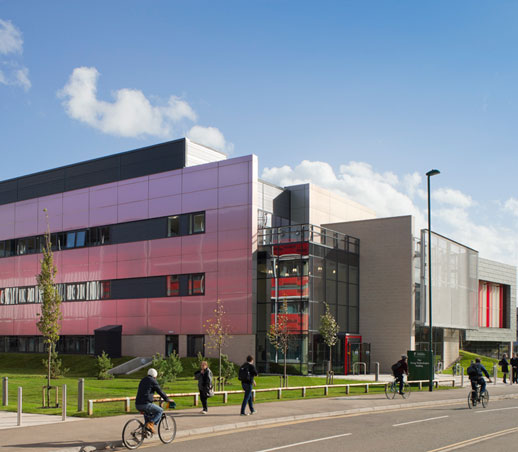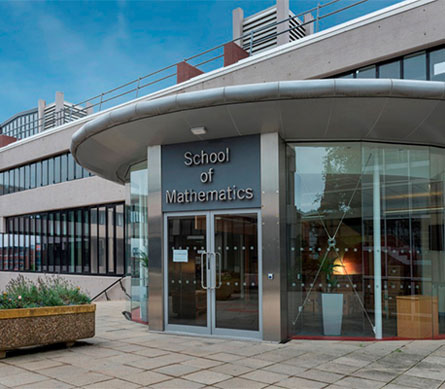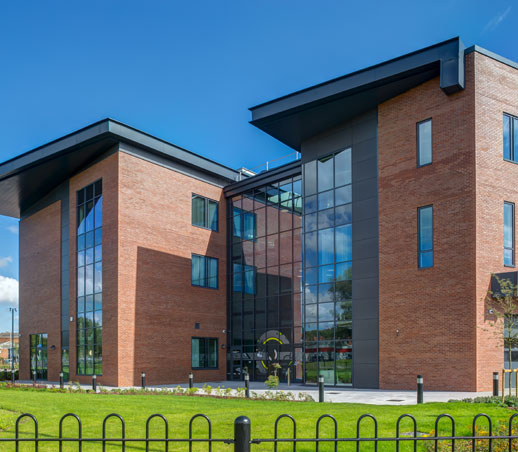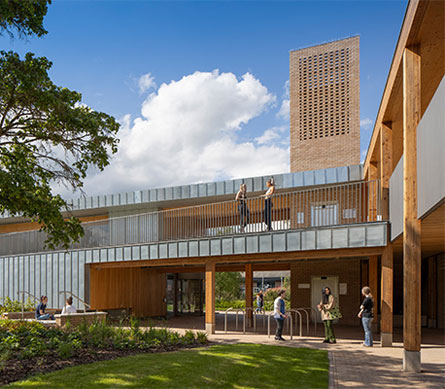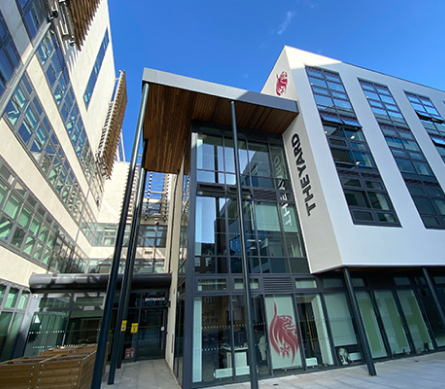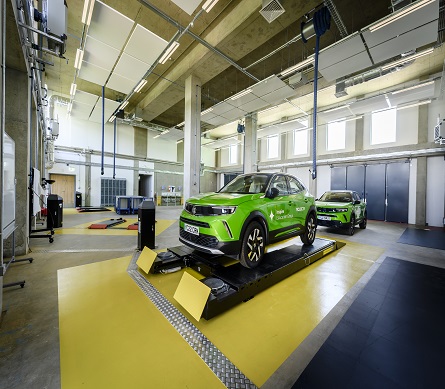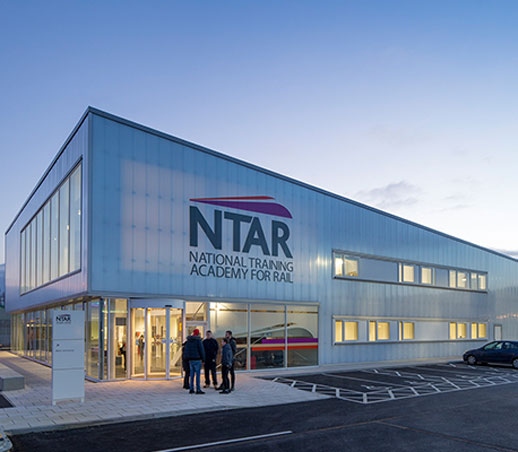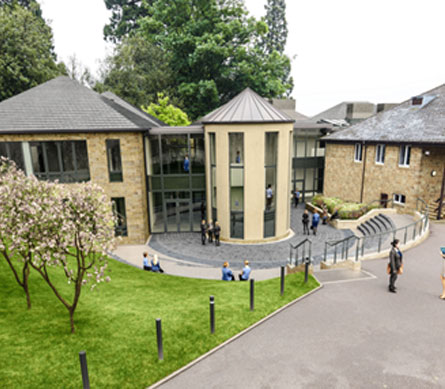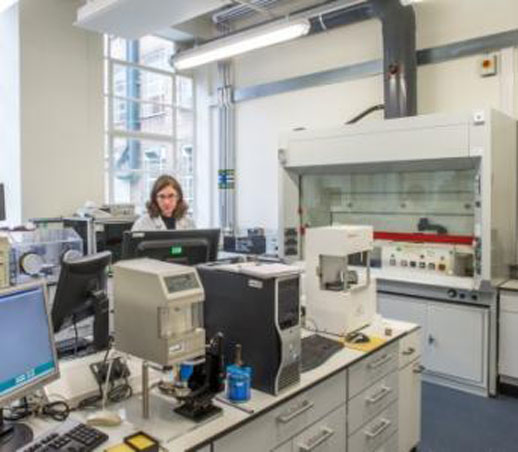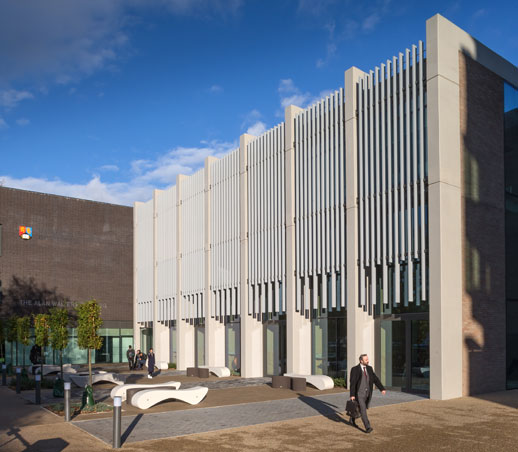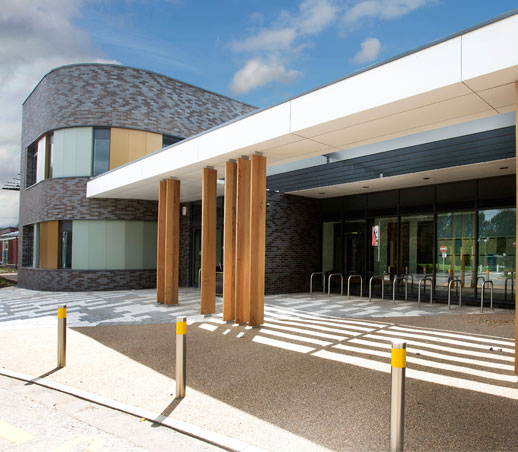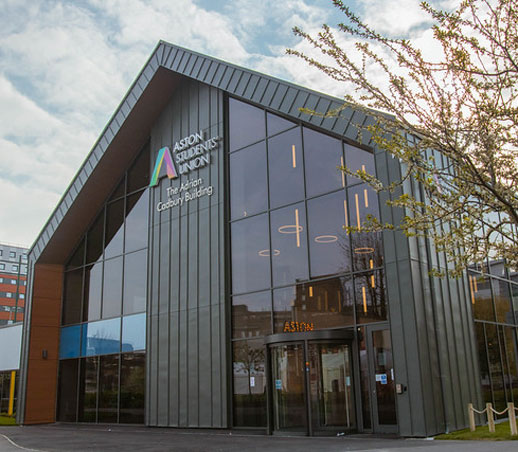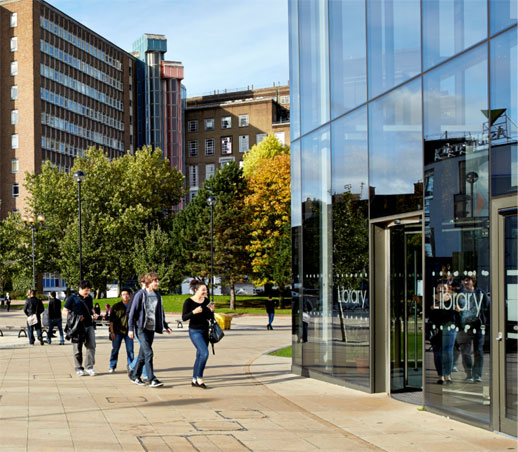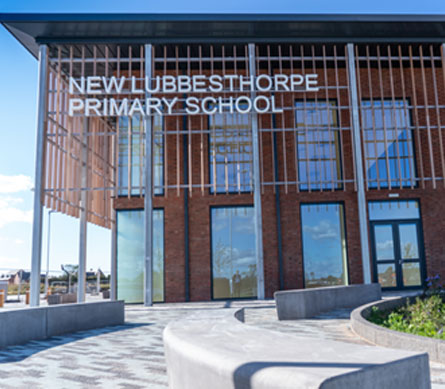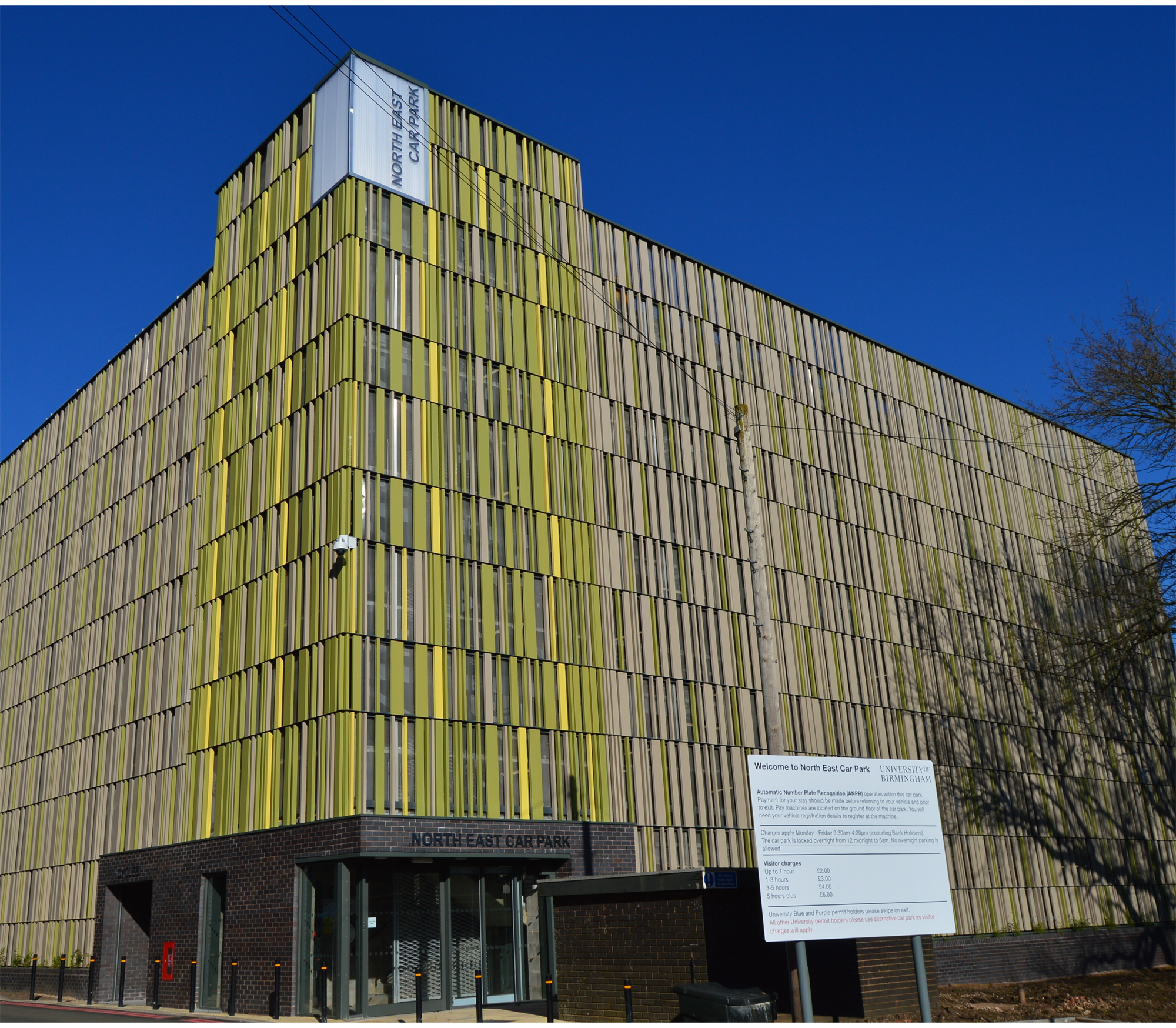Before commencing any work, we considered how the scheme would impact on the University and wider environment and implemented measures to ensure minimal impact. Part of this included the building remaining functional throughout our programme, which we designed to cause minimal disruption to the University. We held regular meetings with the University’s estates team to discuss our programme, with disruptive activities coordinated to take place out of normal working hours.
We gave careful consideration of noise reduction, especially during exams times. We utilised noise suppressing equipment including substituting percussion drills for diamond drills.
We carefully planned our deliveries out of hours so that our transport requirements did not have an overly burdensome effect on the local environment and neighbouring occupiers. At an operational level, site staff were encouraged to car share, creating a reduction of CO2 generated through travel.
Through the use of Wastecycle, 97% of waste generated on site was recycled. Products were also chosen based on whole life costs, including the usage of LED lighting throughout the building.
To ensure all site staff were aware of the environmental procedures undertaken throughout the project, all were given a site-specific tool box talk. Part of the talk detailed how to conduct themselves within a live university environment.

